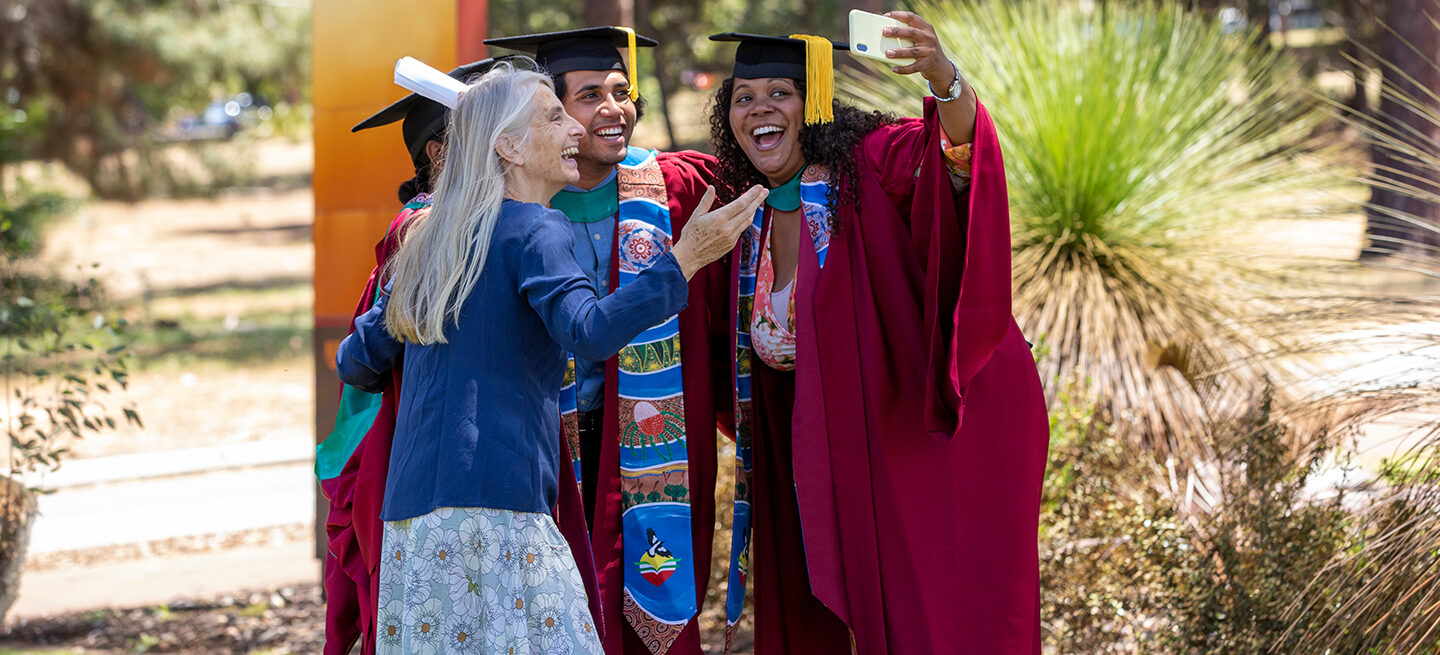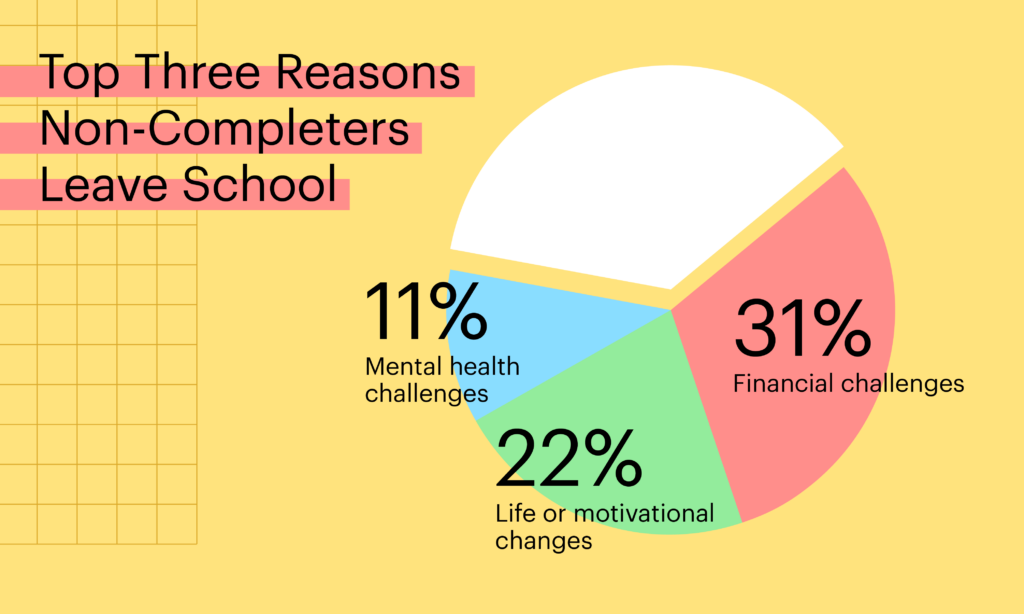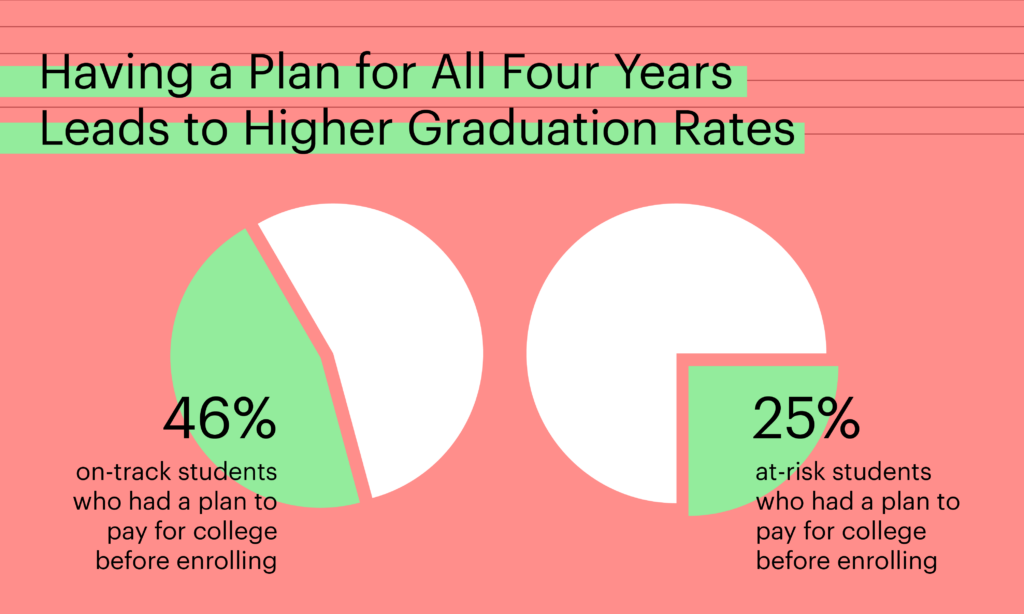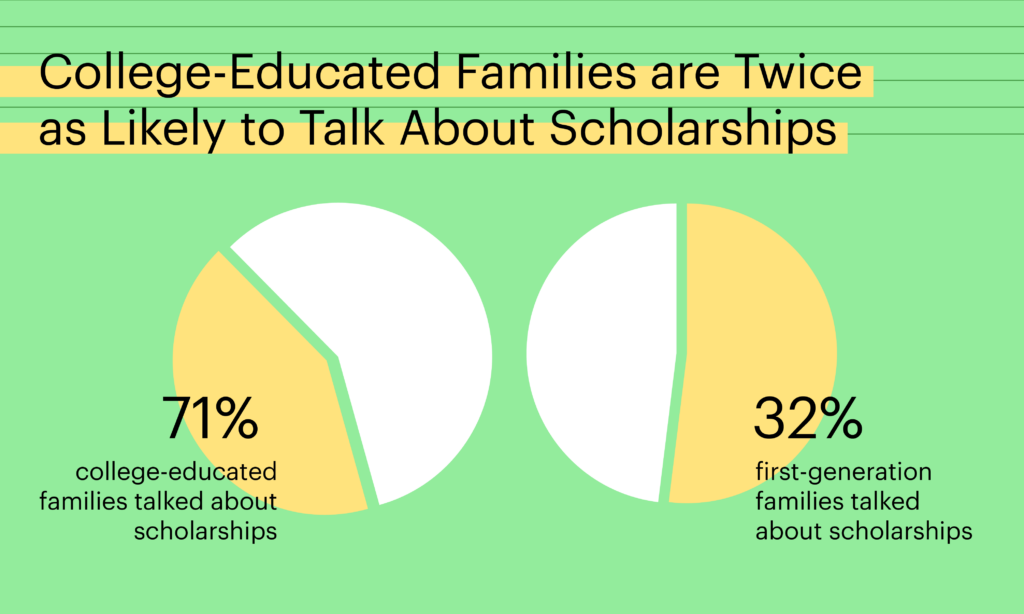
05.06.2024
From Acceptance Letter to Degree: How America Completes College
While getting into college is no small feat, it’s getting the degree that will really help students achieve their dreams. But, as many students are realizing, graduation is not a given.
To better understand barriers to college completion and what helps students graduate, Sallie Mae and Ipsos released the latest research report How America Completes College 2024. The report also serves as a companion to How America Pays for College, the company’s annual research on how families plan and pay for higher education.
Surveyed:
1,029 adults (ages 18-30) currently enrolled in a two- or four-year program
427 adults (ages 18-30) who started two- to four-year programs but did not complete them
The study categorizes students into three distinct groups: those “on track” for graduation; those who have never contemplated leaving school; those “at risk” of leaving or facing dismissal; and “non-completers,” adults under the age of 30 who started college but left without obtaining a degree or completing their program.
Non-Completers
One in four current undergraduate students say they are at risk of non-completion, and 57% of students at risk of not completing come from low-income households.

At-Risk Students
73% of on-track students were always committed to attending college, compared to 44% of at-risk students. At-risk students are nearly three times more likely to have transferred schools compared to on-track students and are also more likely to come from diverse backgrounds.

Having a plan to pay for all four years of college before enrolling is linked to student graduation rates. See how Sallie Mae helps students plan for college. Students who know what degree or career path they want to pursue are more likely to stay in school.

There is a strong link between mental health and leaving college, and increased mental health challenges highlight the need for more support and resources for all students.

First-Generation Students
First-generation students are twice as likely (41%) to have seriously considered leaving college compared to students from families with college experience (18%). Although 88% of first-generation college students believe college is an investment in the future, they face significant barriers to college completion.

*compared to just one quarter (25%) of on-track students who are working while in school.

Students need support not only to access, but complete higher education. Especially for first-generation students and those from underserved communities, early college planning is critical. By developing programs and resources that support college completion, simplifying the college transfer process and expanding Pell Grants to apply to short-term training programs, policymakers, institutions and higher education stakeholders can help more students finish their degree.

